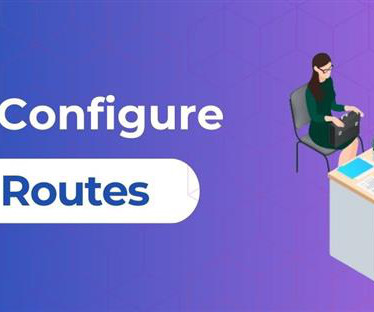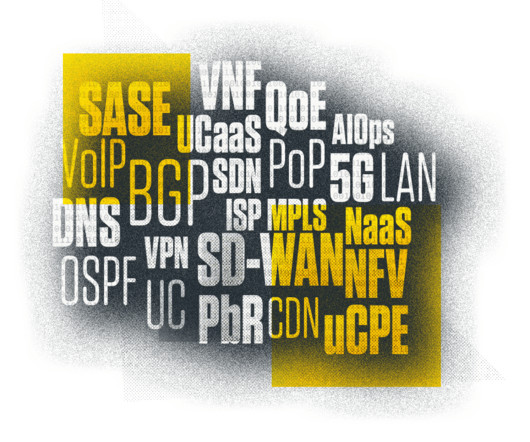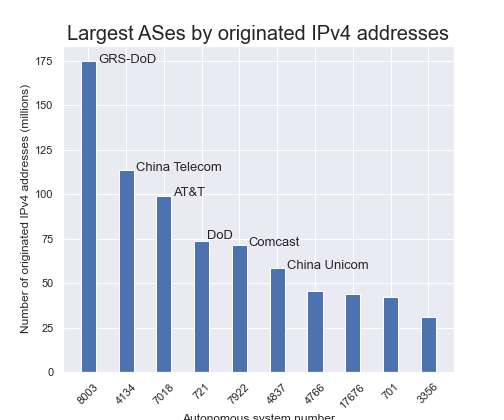Why You Need to Monitor BGP
Kentik
JULY 8, 2021
The Border Gateway Protocol (BGP) is a fundamental part of sending data over the internet. In this case, you want to be sure that your routes are correctly advertised and reachable following the change. Advertising routes that cannot deliver traffic is known as “blackholing.” What Can Go Wrong? Route Flapping.















Let's personalize your content